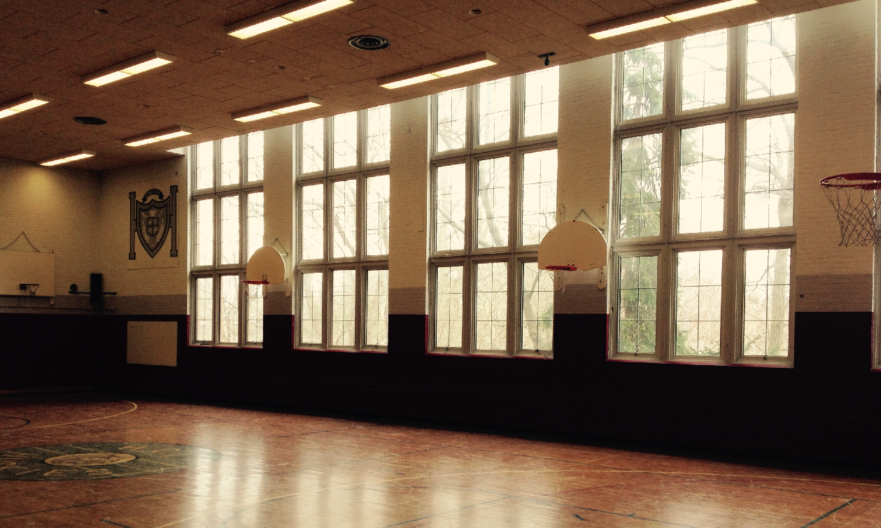To maximize the benefits a period or workout, teachers and students (or coaches and athletes) have responsibilities to keep the class (or team) focused and engaged. Teachers must design meaningful activities that develop athletic abilities and simulate game situations. Students should perform the drills as best as they can, in order to improve their personal fitness and prepare for competitions.
Part of this focus comes from understanding the purpose behind the exercise. Ideally, a teacher would clearly explain their reasoning beforehand but sometimes students must think critically and figure
things out for themselves. Teachers and coaches rarely fill classes or workouts with arbitrary tasks or idle time.
For example, even something as simple as a window sprint (sprint in front of the windows, jog at a steady state around the other three sides) in a small gymnasium is applicable to basketball. The length of the sprint (about sixty-five feet) is the longest distance that a player would need to run at full speed during a game (closing out across the court from a high hedge to a corner three is about fifty feet, running back in
transition is a distance of seventy-five feet). Jogging another 175 feet in various directions might be the equivalent of guarding one’s man, stunting and shifting or moving without the ball on offense for a possession.
One lap should last about sixteen or eighteen seconds (4-5 seconds of sprinting and 12-13 seconds of jogging) so a sprint, a lap and another sprint is the equivalent of running back, playing defense and closing out a shot as the shot clock expires. The max intensity:steady state ratio is 1:3, a close match to the demands of a real basketball games. Basketball games are full of high intensity and short duration sprints among longer periods of moderate effort. Completing these window sprint intervals properly trains the ATP-PC energy system, aerobic base, sprinting and acceleration and deceleration in multiple directions.
Cutting corners or going at half-speed forestalls gains in personal fitness and sacrifices performance in competitions. If someone is devoting time and energy to something, they should work hard, work smart and work together, even if it seems tedious or trivial. Model the way and push others to get better because the next time that the situation occurs, it may be during a game.
